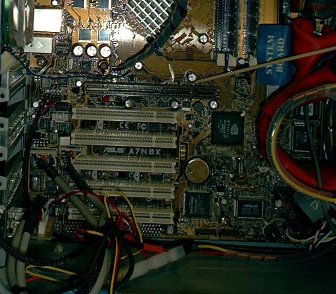
|
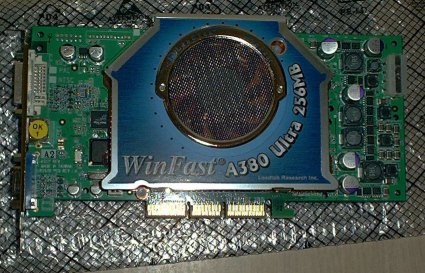
|

|

|
Sound cards, modems, IDE controller etc. all go into PCI slots. They are white in color and are at the bottom of the motherboard and are closer to the edge. I have found that components going into PCI slots are much easier to seat compared to RAM and AGP slots, but you still want to be careful.
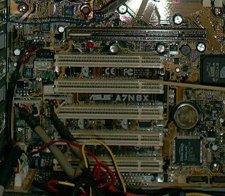
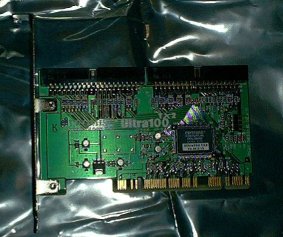
|
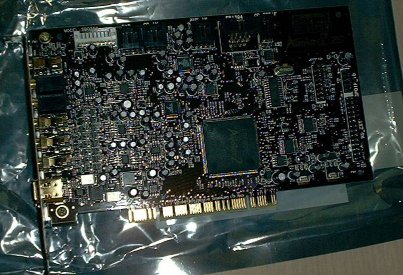
|
Your add-in cards can be placed in any avialable slot you have. Hopefully, you
have purchased a motherboard that has plenty of slots. Some newer video cards
require extra space due to cooling solutions or even SLi (using two video
cards) set ups which may require even more room. If you have problems with
hardware and need to move them around, you will be able to with the extra slots
to stop any interference or IRQ conflicts between the hardware.
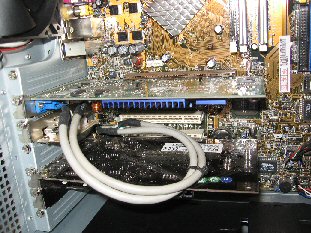
To clean up how your PC looks on the inside and give it better airflow, take the time to wrap the wires in split wrap or split looms then install the PSU if you bought a PSU seperate from the case. You can do this before you install the PSU into the case and is easier than once inside the case. This will make it easier to keep track of the wiring and looks lots neater when finished. Cable ties can be used to tie everything up and can even be used to hold wires in place even as you wrap them up and they also can be use to tie the cables out of the way to keep them from flopping around.
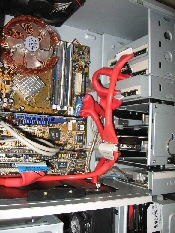
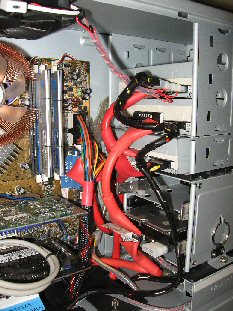
|
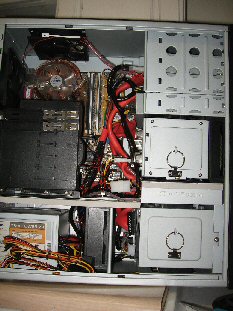
|
I use a filter to help keep the inside of my PC dust free. I get this open core foam from EquiServe (the diagnostic branch of Snap-On). It comes in 120mmx120mm squares. I put this between the front bezel and the intake fans in the case.
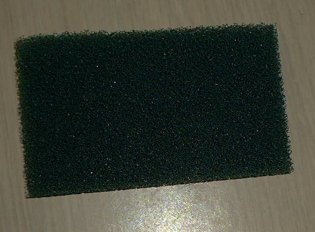
These are pics of various iterations of my PC. Putting the PC with the Comet case together took about 4 hours (including taking the pictures for this guide) and all day to install all the hardware drivers and updates for the operating system.
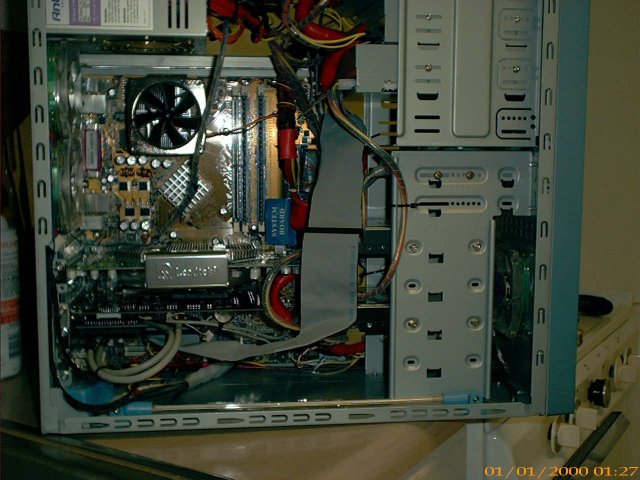
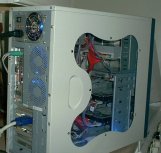
|
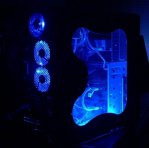
|
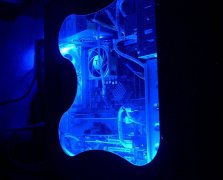
|
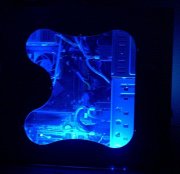
|
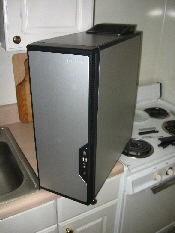
|
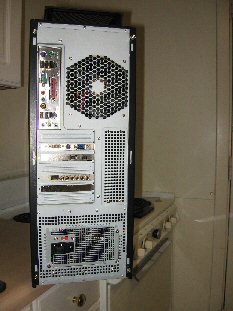
|
Updated 8-2-2006